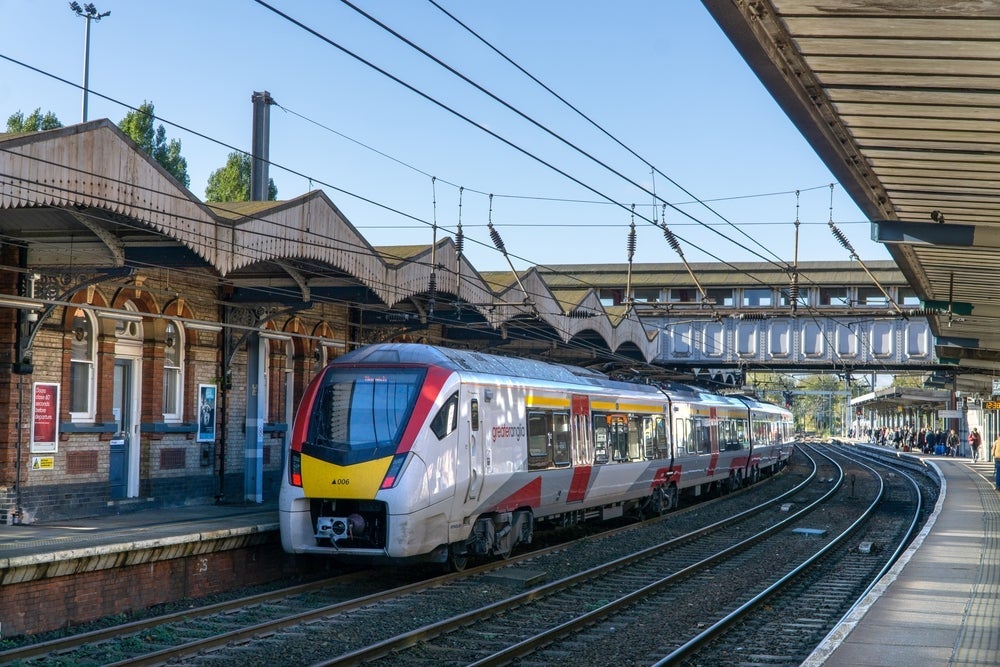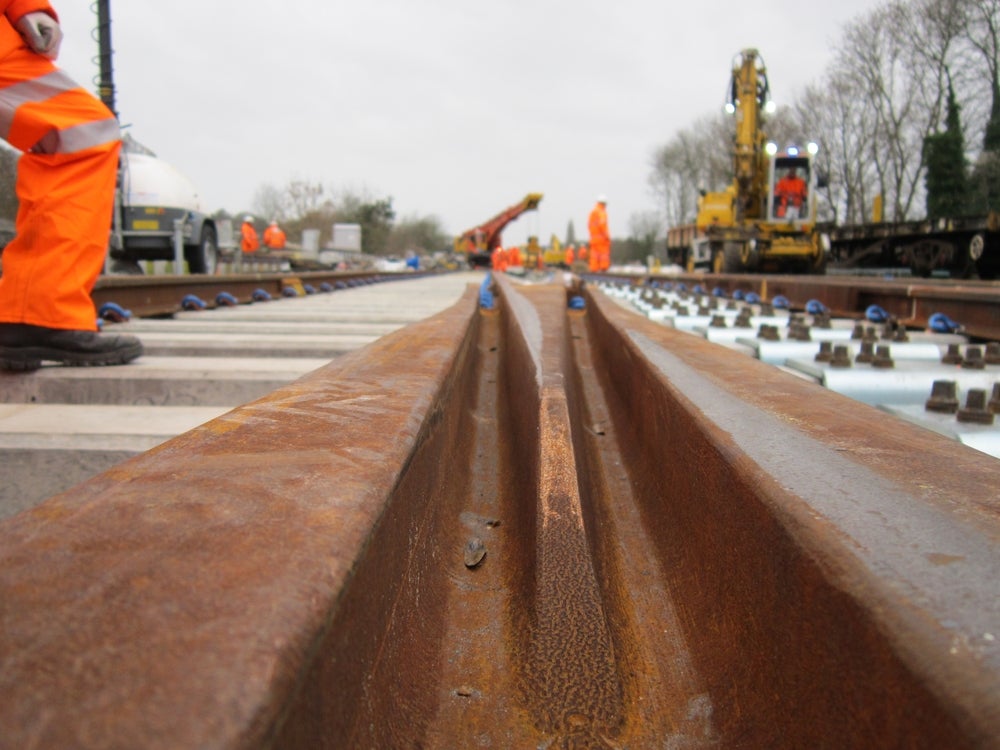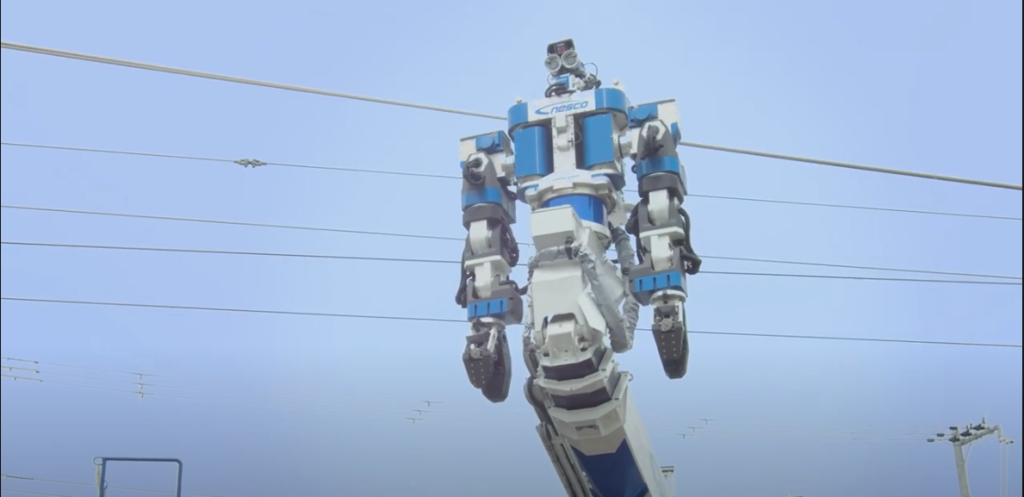Safety and service quality are crucial in passenger rail transport. Power and signalling infrastructure plays a vital role in achieving the same.
Constantly evolving railway infrastructure requires the latest railway connectors, cables, and hoses to be used and installed for seamless railway power supply and communication.
Railway connectors and railway signalling cables are essential components of power, signalling, and data transmission infrastructure along tracks, brakes and controls, and rolling stock. The cables need to be halogen-free and flame-retardant to ensure the smooth operation of railway traction systems and safe railway electrification.
Discover leading suppliers of cable railway systems and railway electrification systems
Railway Technology has listed some of the leading suppliers of high-performance cable railway systems, railway electrification systems, railway signalling cables, and railway connectors based on its experience in the railway sector. The list includes suppliers of track feeder cables, trackside power supply cables, heavy-duty points heating cables, and fire-resistant train wire connectors.
The list also includes providers of railway power supply solutions, converters, inductors, transformers, railway couplers, railway electrical connectors, high-speed electronic cables and connectors, and train car coupler systems.
See Also:
The information contained in the download is designed for railway technicians, railway engineers, and track supervisors.
The download contains detailed information on the suppliers and their product lines, alongside contact details.
Features of railway connectors and railway signalling cables
The demand for fast and efficient transport systems, including surface rail, underground rail, and other urban mass transport projects, calls for the need to install railway connectors and cables that can withstand extreme heat and temperature conditions.
The cables and connectors ensure the safe and reliable operation of all electrical and electronic devices that are part of the railway infrastructure such as locomotive control, safety, communications, signalling, air-conditioning, and critical braking systems.
Flame resistance and propagation, stripping properties, strength, ease of handling, and transmission rates are some of the features that need to be considered when choosing railway connectors and cable railway systems, apart from electrical parameters such as voltage and current.
Railway connectors and cable railway systems also need to have low crosstalk attenuation and toxicity, in addition to being halogen-free and corrosion resistant.
Railway electrification and railway power supply solutions
Railway electrification and railway power supply solutions are key to building and maintaining a reliable and advanced railway transport system. Some of the solutions include:
- Overhead lines
- AC and DC railway traction systems
- Protection and control systems
- Insulated switchgear
- Railway modules
- Electrical houses
- Traction stations
- Switching stations
Download our list here.





